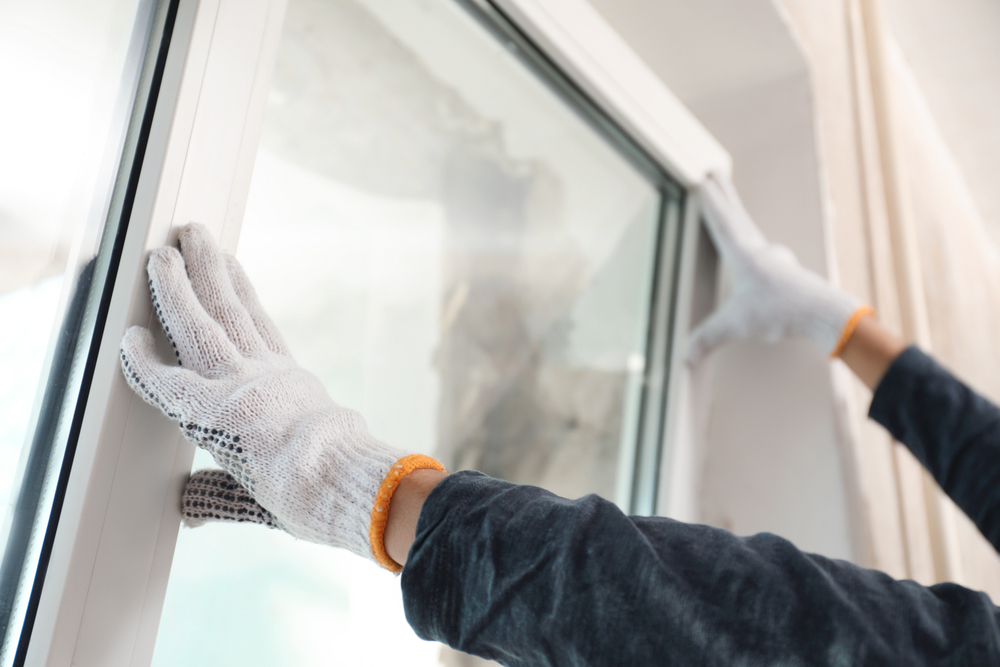Water Damage Repair: A Homeowner's Guide to Restoration and Recovery
Gain expert insights on water damage repair. Explore practical solutions, tips for homeowners, and professional services to restore your property effectively.
Water damage in your home can range from a minor inconvenience to a major crisis, depending on the extent and source of the damage. Whether caused by floods, leaks, or humidity, understanding how to effectively tackle water damage repair is crucial for maintaining the safety and integrity of your home.

Identifying and Assessing Water Damage
The first step in water damage repair is to assess the extent of the damage:
- Inspect the Area: Look for visible signs of water damage like stains, peeling paint, or warped floors.
- Check for Hidden Damage: Water can seep into hidden areas, causing structural damage and mold growth.
- Classify the Water Source: Understanding the source (clean, gray, or black water) is crucial for determining the appropriate repair strategy.
Immediate Actions to Mitigate Water Damage
Taking swift action can minimize the impact of water damage:
- Stop the Water Source: If possible, stop the water source to prevent further damage.
- Safety First: Ensure the area is safe from electrical hazards.
- Remove Excess Water: Use pumps, vacuums, or towels to remove standing water.
- Dry the Area: Enhance drying with fans, dehumidifiers, and open windows.
Professional Water Damage Repair Services
For extensive damage, professional services are often necessary:
- Expert Assessment: Professionals can accurately assess the damage and develop a restoration plan.
- Advanced Equipment: They use industrial-grade equipment for water removal and drying.
- Mold Remediation: Professionals can safely address mold issues, a common consequence of water damage.
- Comprehensive Restoration: Services range from structural repairs to restoring damaged belongings.
DIY Tips for Minor Water Damage Repair
For minor damage, homeowners can take steps to repair and prevent future issues:
- Repair Leaks: Fix leaks in plumbing, roofing, or windows as soon as they are detected.
- Replace Damaged Materials: Remove and replace water-damaged drywall, insulation, and flooring.
- Prevent Mold Growth: Clean and dry the area thoroughly to prevent mold. Use mold-resistant products if necessary.
The Importance of Preventative Measures
Preventative measures can significantly reduce the risk of water damage:
- Regular Maintenance: Regularly inspect your home for potential water damage risks.
- Waterproofing: Consider waterproofing basements and areas prone to water intrusion.
- Landscaping and Drainage: Ensure proper drainage around your home to prevent water accumulation.
Navigating the Path to a Dry and Secure Home
Water damage repair can be a daunting task, but with the right approach, you can effectively restore your home and prevent future occurrences. If you're facing water damage, consider sharing this article for additional guidance and support. Remember, timely action, whether through DIY methods or professional assistance, is key to overcoming the challenges of water damage and maintaining a safe, dry living environment.











